News
Sign up for recent trade news that can affect your business:

Effective January 1, 2021, importers of qualifying goods may cite the United Kingdom Trade Continuity Remission Order, 2021 #20-1135, in order to benefit from the remission of duties.
The Government of Canada has issued the Canada-United Kingdom Trade Continuity Remission Order, 2021, to minimize disruptions for Canadian importers. The order ensures that tariff benefits currently afforded to eligible imports from the United Kingdom under CETA, and replicated in the future Canada-UK TCA, are temporarily available to Canadian importers. In exchange, the United Kingdom has agreed to provide reciprocal tariff benefits for eligible Canadian exports to the United Kingdom. The remission order is intended to remain in effect until the Canada-UK TCA can enter into force through respective legislative procedures.
Importers are responsible for obtaining documentation in support of a claim for remission under the Order. The Canada Border Services Agency will accept documentation from exporters in the U.K. in support of an importer’s claim for remission.

Turkey and Britain signed a free-trade agreement Tuesday as the U.K. prepares to leave the European Union’s economic orbit at the start of the new year.
The deal, which will come into effect on January 1st, aims to support trade between the two countries which was worth more than $25 billion in 2019. It is one of many post-Brexit trade deals the British government is pursuing with nations around the world and came days after it finalized a trade agreement with the EU.
The U.K. left the EU on January 31st of this year but remained subject to the bloc’s business regulations and within its customs union during a transition period that ends on December 31st.
Turkish Trade Minister Ruhsar Pekcan and Dominick Chilcott, the British ambassador to Turkey, signed the the British-Turkish agreement.
Pekcan hailed the deal as the most significant trade pact for Turkey since the signing of a customs union agreement with the EU in 1995.
“The free trade agreement is a new and special milestone in the relationship between Turkey and United Kingdom,” Pekcan said during the ceremony. Britain is Turkey’s second-largest export market.
A British government statement said the deal will secure existing preferential tariffs for some 7,600 British businesses that exported goods to Turkey in 2019, ensuring the continued tariff-free flow of goods.
Both countries have said the deal will lead to a more comprehensive agreement in the future.
(Source: The Associated Press)
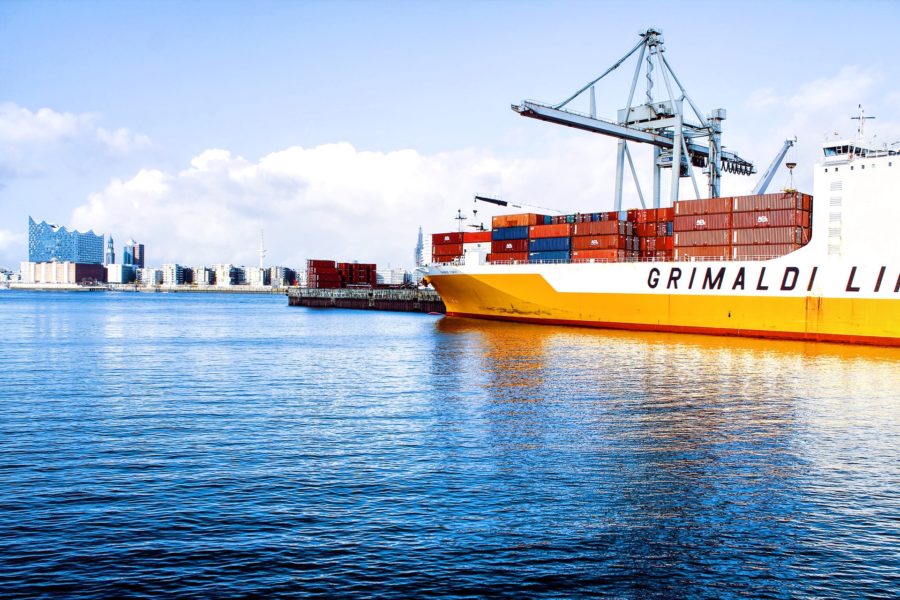
Ocean carriers are looking to extend transit times in a bid to improve schedule reliability and cut costs.
They are starting to add more buffer time into schedules to mitigate the impact of chronic global port congestion, with some alliance carrier members calling for an urgent review of their networks in order to alleviate the costly last-minute disruptions from having to skip ports.
One Asia-North Europe carrier source told The Loadstar this week that its live schedules were, in some cases, “almost unrecognisable” from the official network.
“If you have to wait off a UK port for a week and then eventually decide to skip and dump the boxes in Zeebrugge, Rotterdam or Bremerhaven, then the schedule is totally shot to pieces,” he said.
“Some of us have been arguing that we have to build more buffer time into the schedules and, by doing so, we would actually save costs by not having to make last-minute port changes,” he said.
“Now that it looks like the demand spike will continue until at least the Chinese New Year – and our visibility suggests maybe as far out as Easter – I think we will have to look more closely at what we can do to improve reliability and add more certainty to the network,” he added.
Container schedule reliability slumped to a record low of 50.1% in November, according to a SeaIntelligence analysis. CEO Alan Murphy warned shippers that “with widespread port congestion, and with carriers not letting off capacity-wise until at least the CNY”, that schedule reliability was unlikely to improve until the second quarter of next year.
(Source: The Loadstar)
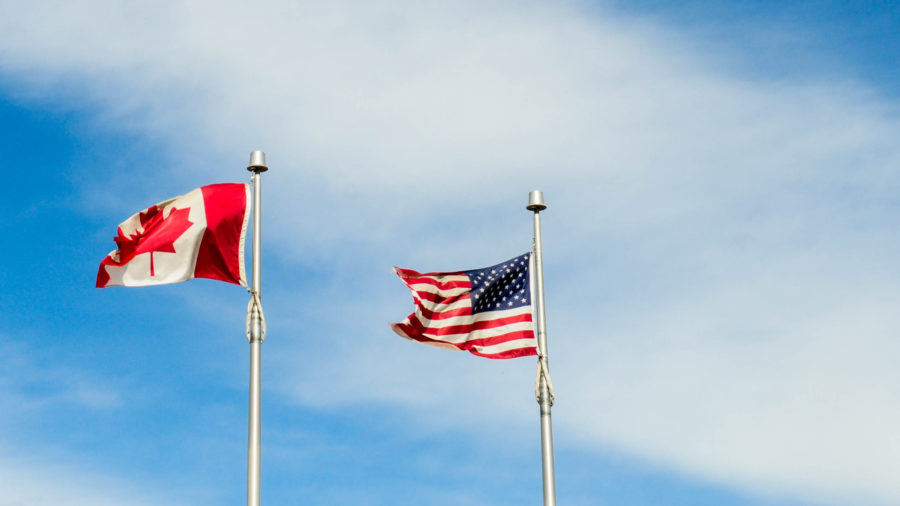
Carson International is pleased to partner with Miller Thomson LLP for another instalment in our webinar series addressing Canada/U.S. cross-border trade developments and updates.
President Joe Biden’s administration in 2021 will likely take a different approach to global trade than the current administration. We look into the crystal ball to discuss the following global trade issues:
Dave Pentland, Carson International
Dan Kiselbach, Miller Thomson LLP
Please watch in early January for an invitation to join us on January 26, 2021 to start the new year with discussion of the future of global trade under the Biden Administration.
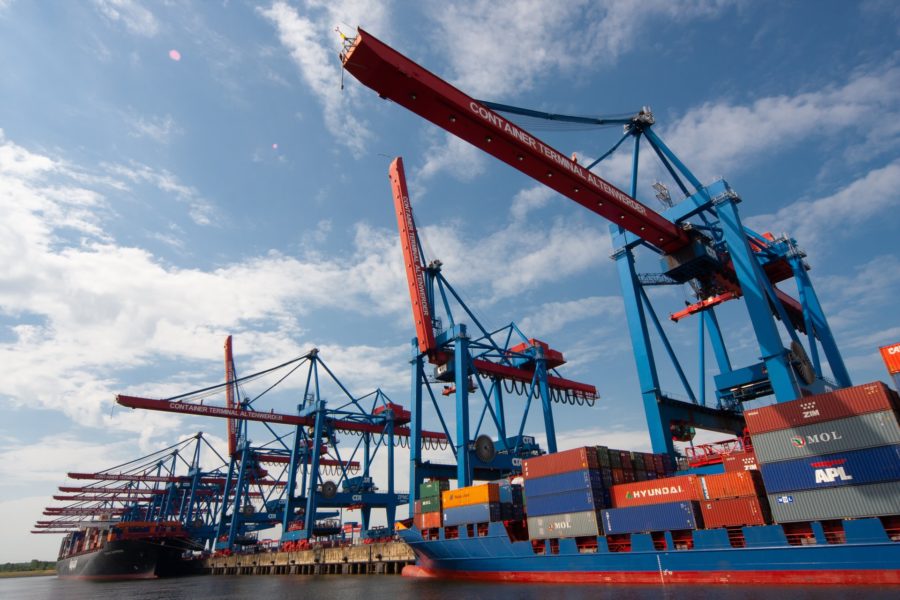
Record high spot rates from Asia to North Europe and predictions of huge hikes for annual contract rates could lead to a rush of cancelled orders for next year.
Retailers in Europe are feeling the impact — with partial lockdown measures and high ocean freight rates impacting bottom lines.
Carriers are now regularly quoting upwards of $10,000 per 40ft HC for January shipments from China to the UK, in addition to steep cancellation fees.
There are also concerns in the forwarding community that customers will either refuse, or be unable, to pay all the extra charges being racked up by the supply chain disruptions.
In one instance, some 6,000 teu carried to the Belgian port of Zeebrugge several weeks ago, due to Ocean Alliance carriers skipping the heavily congested port of Felixstowe, are finally arriving at the London Thamesport Isle of Grain general cargo and container facility this week on two feeder vessels.
Communication by the carrier on the relay operation was described by one UK forwarder dealing with customs clearances as “disgraceful”, and another told The Loadstar he feared his boxes could be stuck at Thamesport until after Christmas.
The European Shippers’ Council and forwarding association CLECAT have urged the European Commission to follow the lead of the US Federal Maritime Commission and step up its scrutiny of carrier practices.
(Source: The Loadstar)

The United States Trade Representative announced the very first enforcement action under the United States-Mexico-Canada Agreement o address Canada’s tariff-rate quotas on imported dairy products, which the USTR alleges are in violation of various USMCA Articles to the detriment of U.S. dairy producers.
USTR’s announcement follows complaints from U.S. dairy farmers and Members of Congress received earlier this year over Canada’s use of TRQs. USTR stated in its announcement that it was “disappointed that Canada’s policies have made this first ever enforcement action under the USMCA necessary to ensure compliance with the agreement.”
TRQs are defined in the USMCA as mechanisms that apply “a preferential rate of customs duty to imports of a particular originating good up to a specified quantity (in-quota quantity), and at a different rate to imports of that good that exceed that quantity.” According to the USTR, the U.S. is concerned with Canada’s use of dairy TRQs, particularly with how Canada has reserved a percentage of each dairy TRQ “exclusively for processors” (and in some instances for what Canada describes as “further processors”). For example, Canada’s “Cheeses of All Types” TRQ limits access to 15% for distributors and allocates 85% to processors. In doing so, U.S. dairy producers cannot fully utilize the TRQs and therefore are unable to sell as wide a variety of dairy products to Canada as they otherwise could.
At this time, the enforcement action consists of a request for consultations between the U.S. and Canada to resolve the United States’ concerns. Canada and the U.S. have 15 days to enter into consultations under the USMCA Dispute Settlement rules. If they are unable to resolve the United States’ concerns through consultations, the U.S. may request the establishment of a USMCA dispute settlement panel to further examine the matter.
Canada’s published notices to importers on the TRQs which the USTR has identified and taken issue with can be found here.
(Source: International Trade Insights)
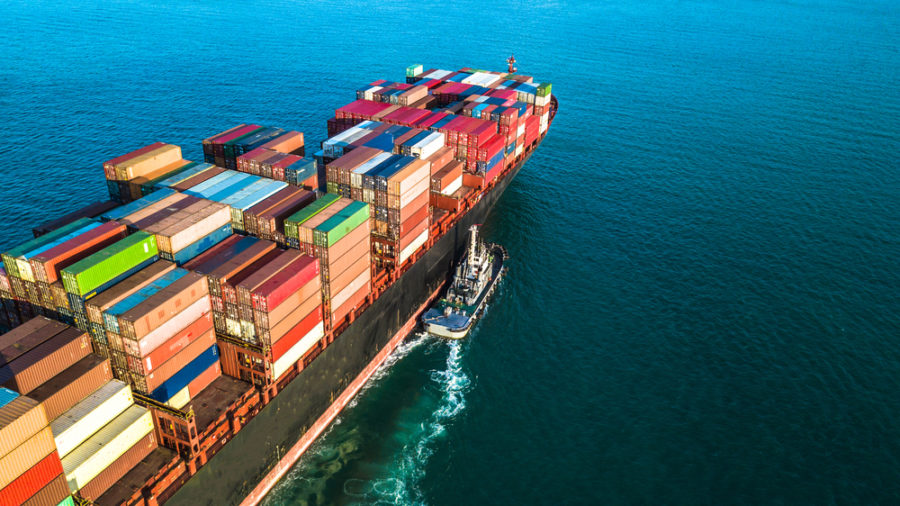
As we have previously shared, ocean shippers have been up against numerous obstacles when it comes to securing bookings and sticking to shipping schedules. The COVID-19 pandemic has set off a chain-reaction of events that has created the challenges, including:
Imports into the U.S. are skyrocketing, with the busiest ports, including Houston, seeing up to a 56% increase in volume in October. Around the world, companies and supply chain partners are frantically attempting to keep up an unstable ocean freight market.
As the COVID-19 vaccine begins to enter the market towards the end of the year, it is anticipated that these challenges will continue well into 2021.
To help our clients navigate this tumultuous trade situation, we are offering the following guidance:
Of course, we are also always available directly to support our clients. Please reach out to directly your Carson contact, or get in touch with us here.

Canada said it will be considering “all of its legal options” to challenge Canadian softwood lumber export duties unveiled by the United States last month, the international minister of trade said Friday.
“These duties have caused unjustified harm for Canadian workers and businesses, and are hampering economic recovery on both sides of the border — especially when our people are being affected by the health and economic impacts of COVID-19,” Minister Mary Ng said in a statement.
Ng’s comments come in response to a new 7.42% countervailing duty rate for most Canadian producers of softwood lumber that was established by the U.S. Department of Commerce on November 24. This is in addition to an 1.57% anti-dumping rate, which combined 8.99%.
Previously, Canadians exporting certain softwood lumber products to the U.S. were subject to a combined rate of 20.23%. Last month, the federal government said it welcomed the reduction as a “step in the right direction,” but reaffirmed its position that “unfair” fees on Canada’s lumber industry must come to an end.
In August, the World Trade Organization ruled against the U.S. over duties imposed in 2017 on the grounds that the American government had failed to prove 16 claims related to Canada’s lumber industry, resulting in unfair subsidy for Canadian producers.
Ng said “any duties” imposed on Canadian exports of softwood lumber to the U.S. were “unwarranted and unfair.”
Canadian officials have argued that U.S. duties drove up construction costs in both countries, inflicting further damage on a lumber industry already ravaged by the effects of climate change and the COVID-19 pandemic.
The U.S. Lumber Coalition has countered that even reducing the duty rate “understates true levels of subsidies and dumping,” by the Canadian lumber industry.
(Source: Global News)

With a highly condensed COVID-19 timeline for vaccine readiness and distribution, supply chain capacities are being stretched and tested.
While typical vaccine development takes eight to 12 years, followed by supply chain establishment, and finally a large-scale manufacturing and distribution ramp up, each step of that process has been dramatically accelerated.
Further complicating transportation and supply chain logistics is the issue of cold storage, with vaccines like the one developed by Pfizer needing to be kept below -70 degrees Celsius.
The demand is not entirely unprecedented. Cold food chain systems already exist for seafood and ice cream, for example, but the sheer volume to meet the demand of the global distribution of vaccines is where the challenge lies.
Last month, the FAA lifted its standard dry ice limit so United Airlines can begin flying chartered cargo flights loaded with 15,000 pounds of dry ice — five times more than normally allowed — to support international distribution of Pfizer’s COVID-19 vaccine. The drugmaker reportedly designed suitcase-size boxes to allow for more flexibility and rapid deployment.
American Airlines began its own trial flights from Miami to South America to prepare for its role in transporting the COVID-19 vaccine, stress testing its thermal packaging and operational handling process to ensure the doses are distributed in ample conditions.
Once the vaccine arrives at the distribution hub locally, a whole new set of worries arise. While many anticipate the first few batches of the vaccine to fly off the shelves, once the demand slows the amount of time a vaccine can sit on a shelf or require refrigeration is another concern.
An unbroken cold chain has to be maintained from the time the vaccine comes off the production line at Pfizer’s manufacturing facilities in Kalamazoo, Michigan, and Puurs, Belgium, right through to when it is thawed to be administered.
If the cold chain fails, the vaccine can degrade and even become contaminated with bacteria.
At University Hospital in New Jersey, CEO Shereef Elnahal has assembled what he describes as a “tiger team” staff, involving all facets of his operations, from the pharmacy to legal advisers, to ensure the hospital is complying with all guidelines and recommendations from the federal and state government. The team has been conducting stress tests for several weeks now, to ensure that its vaccine distribution plans and cold storage facilities are foolproof, when the actual doses arrive.
The new chain of storage and distribution being created is likely going to have long-term use.
Dr. Anthony Fauci, director of the National Institute of Allergy and Infectious Diseases, said at the Milken Institute Future of Health Summit Monday that mRNA, the technology used by Pfizer and BioNTech (BNTX), as well as Moderna (MRNA), is the future of vaccines.
Ultimately, execution of vaccine distribution will fall upon the shoulders of logistics workers, such as loading dock operators, truck drivers, air cargo handlers and package sorters.
The American Trucking Associations advocated for truck drivers to receive vaccine priority to minimize distribution delays. The Centers for Disease Control and Prevention has recommended transport workers for “Phase 1b” of inoculation, meaning second in line after healthcare workers to receive the COVID-19 vaccine.
(Source: Yahoo Finance)
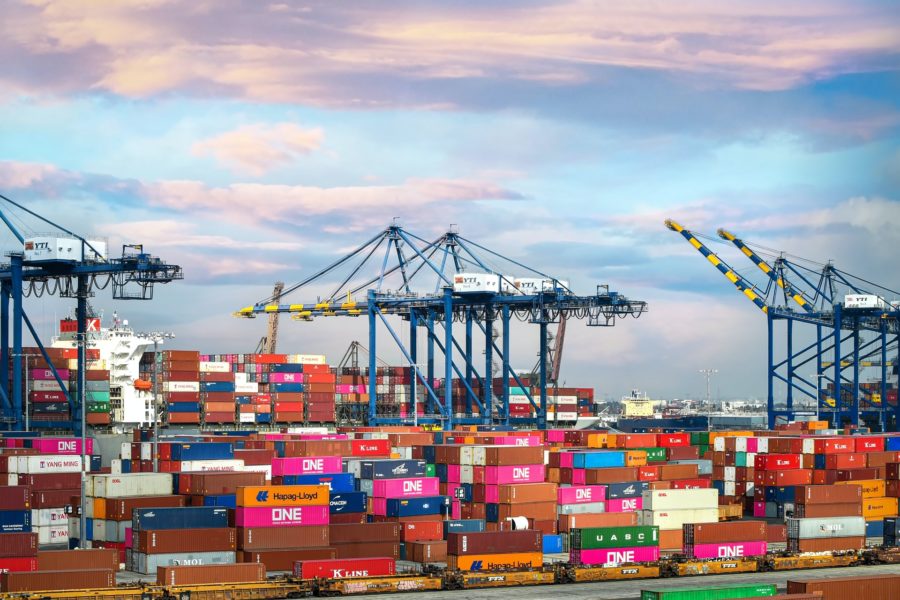
Some container vessels have been sailing from Asia to Europe under-utilised in recent weeks due to an acute shortage of empty boxes.
All carriers report severe shortages of the popular 40ft high-cubes (HCs) at their depots, and there has also been a run on 40ft standard boxes – even 20ft containers are sometimes showing as unavailable.
The latest container availability index report from Container xChange shows availability across China “still at a record low”.
Forwarders have had to scramble for boxes due to the more lucrative transpacific trade securing the biggest share. However, big spikes in spot rates from Asia to Europe in recent weeks seem to have levelled the playing field on competition for boxes between the two tradelanes.
To mitigate the serious equipment imbalance, ocean carriers have adopted an aggressive strategy for European and US exports, temporarily suspending bookings, preferring to fill backhaul ships with as much empty equipment as possible.
To deter all but the most valuable cargo, European exporters to Asia are being asked to pay in excess of $5,000 per 40ft to secure a December shipment, with many carriers also refusing to accept export bookings until mid-January.
Meanwhile, the empty equipment so desperately needed back in Asia is scattered around depots across Europe, particularly in the UK, where embattled ports have been forced to limit the restoration of containers back onto already overcrowded terminals.
And despite technological advances, containers are sill spending a surprisingly long time empty at depots, incurring storage costs and not earning revenue — a global average of 45 days, but closer to 63 days in regions with low container availability.
(Source: The Loadstar)